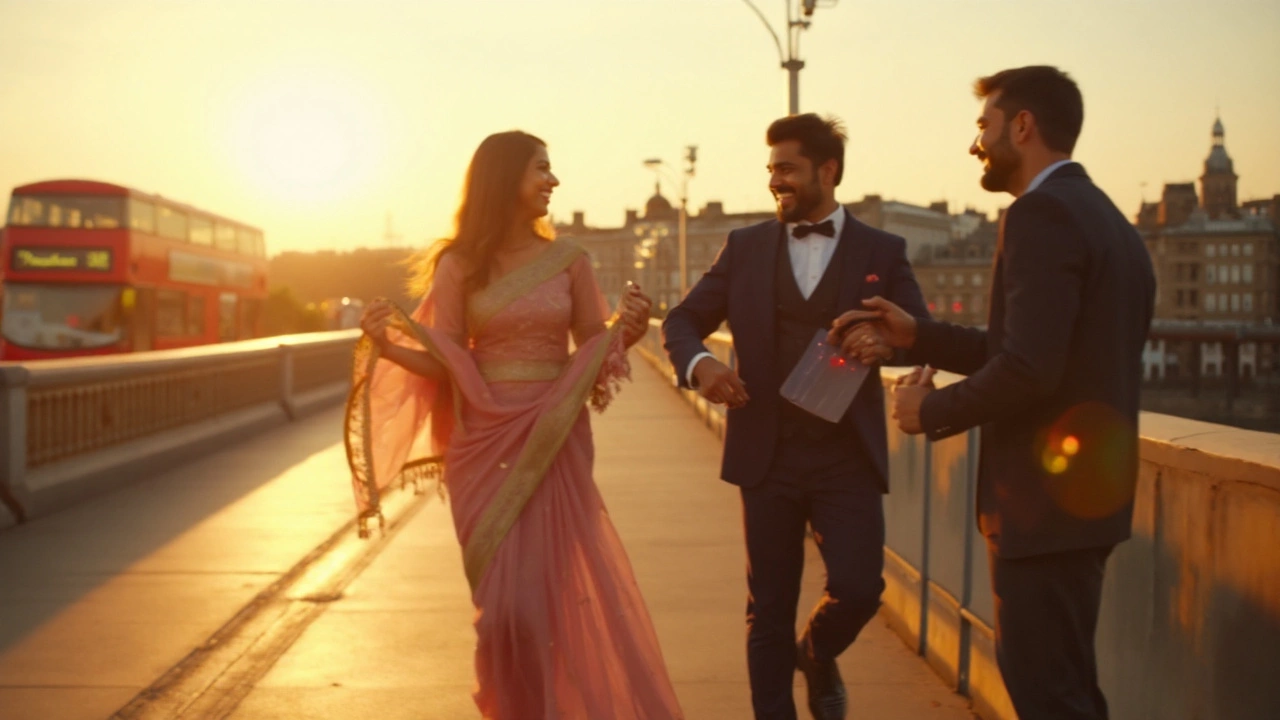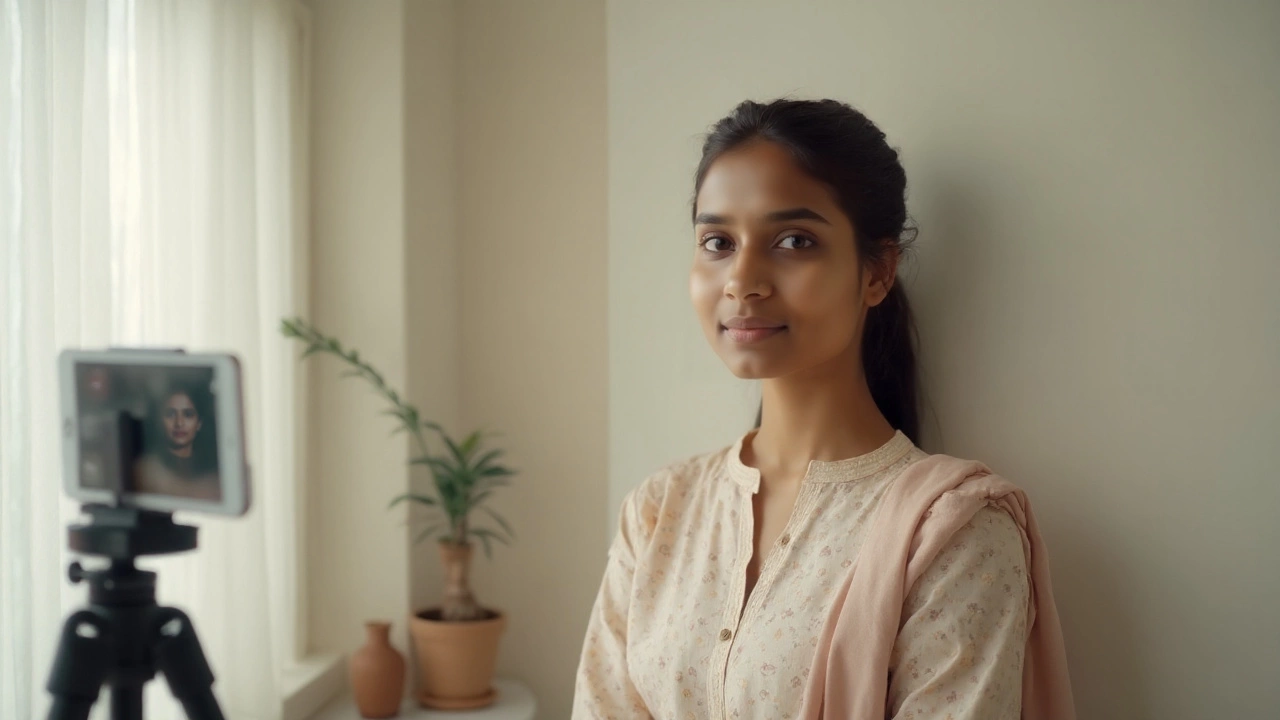September 2025 Archive – Startup Studio Success, Wedding Shoot Guide & Phone Passport Photos
Welcome to the September 2025 roundup. We’ve packed three practical guides that answer real‑world questions you might be asking right now. Whether you’re curious about how many startup studios actually launch winning companies, trying to decide when to schedule your wedding photos, or wondering if a phone snap can replace a traditional passport picture, you’ll find clear steps and honest advice here.
What’s the real success rate of startup studios?
Startup studios—sometimes called venture studios—promise to churn out the next big thing by providing ideas, funding, and a ready‑made team. The headline numbers can look impressive, but the truth lies in the details. On average, only about 20‑30 % of studio‑born companies reach a Series A round, and roughly half of those turn a profit within five years. Success hinges on three factors: a strong market need, a founder who can adapt quickly, and a studio that offers more than just cash—think mentorship, product expertise, and access to distribution.
We looked at data from notable studios in the US, Europe, and India. Studios that focus on a single industry, like health tech or fintech, tend to have higher hit rates because they build deep domain knowledge. In contrast, “jack‑of‑all‑trades” studios spread resources thin and see lower returns. If you’re considering joining a studio, ask about their portfolio exit history, the average time to market, and how hands‑on the team will be during product development.
Pre‑wedding or post‑wedding shoot – which fits your big day?
Choosing between a pre‑wedding and a post‑wedding shoot can feel like a gamble, but it’s really about timing, budget, and the story you want to tell. Pre‑wedding sessions give you a relaxed setting to practice poses, try different outfits, and capture the excitement before the ceremony. They’re great for engagement cards and for building a rapport with your photographer.
Post‑wedding shoots, on the other hand, let you use the actual wedding venue, décor, and even some of the wedding outfit details for continuity. If you want images that echo the ceremony’s colors and mood, this is the way to go. The downside is you’ll need to coordinate everyone’s schedules after the big day, and you might face fatigue from the celebrations.
Our quick decision guide helps you pick: If you have a limited budget, a single pre‑wedding session usually costs less because you won’t need extra travel or venue fees. If the venue is a key visual element, schedule a short post‑wedding shoot within a week of the ceremony to capture fresh lighting and avoid weather surprises. Either way, create a checklist of must‑have shots—family portraits, candid moments, and detail close‑ups—so you and your photographer stay on track.
Finally, remember that today’s couples often blend both approaches. A short, romantic pre‑wedding session for the engagement cards, followed by a brief venue‑focused post‑wedding shoot for the album, gives you the best of both worlds without breaking the bank.
Now, onto a surprisingly common question: can you really use a phone photo for a passport in 2025? The answer is yes—if you follow the right rules.
Most countries have tightened specifications for digital passport photos, but they still accept high‑resolution smartphone images. The key steps are simple: use a plain white background, keep your head centered, and make sure the lighting is even with no shadows. Your phone’s camera should be set to the highest quality mode, and you’ll need to crop the image to the exact dimensions required—typically 2 × 2 inches (51 × 51 mm) for many nations.
We’ve compiled a quick country guide. For the UK, the head must measure between 1 in and 1.5 in from chin to crown, and the photo must be taken within the last month. In India, the photo size is 4.5 × 3.5 cm, and you need a plain white backdrop with no glasses. Each country also has a file size limit—usually under 500 KB for online submissions—so resize the image without losing clarity.
To avoid common pitfalls, take the picture at eye level, smile naturally, and keep your expression neutral. Use a tripod or a stable surface to prevent blur. If you’re unsure, many apps now offer built‑in compliance checks that overlay the required frames and alert you to any issues before you submit.
By following these steps, you can save time, skip the passport office line, and get your travel documents ready in minutes. That’s the power of a good phone camera and a clear checklist.
We hope this September archive gives you the confidence to evaluate startup studios, plan your wedding photography, and take a passport‑ready photo with your phone. Got more questions? Keep checking Rio Photography Services for fresh tips and practical guides.


